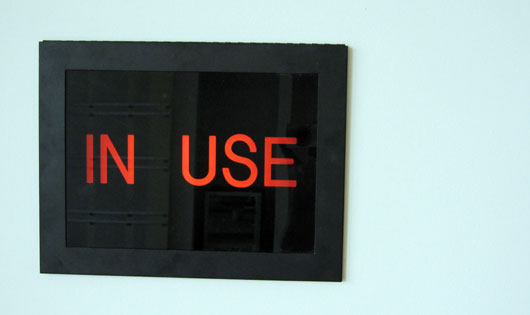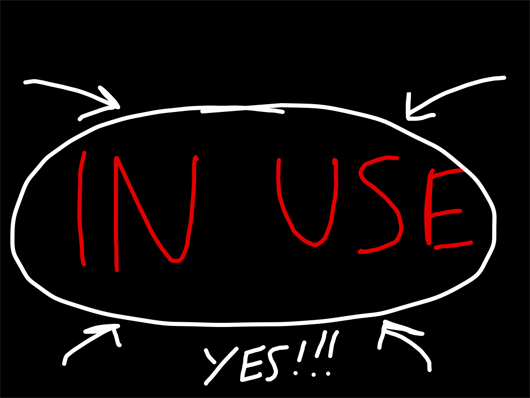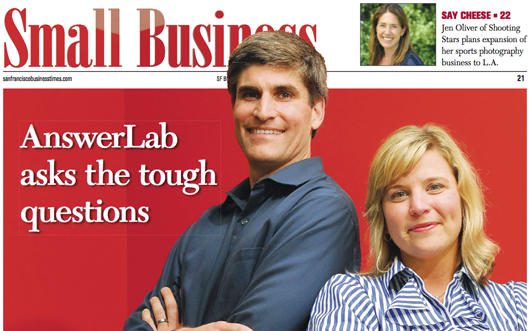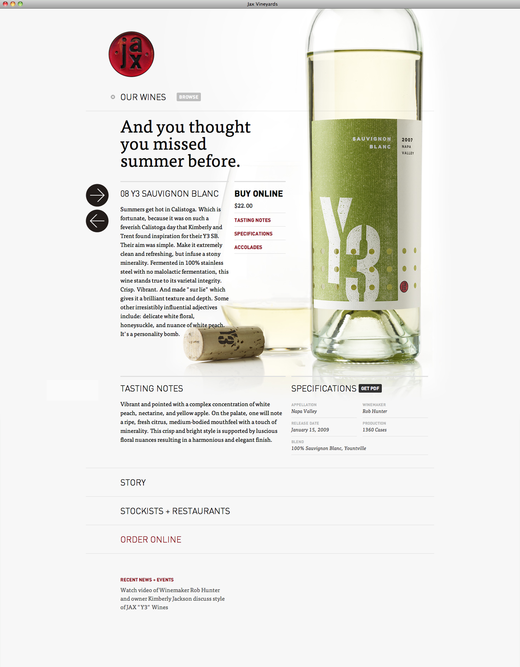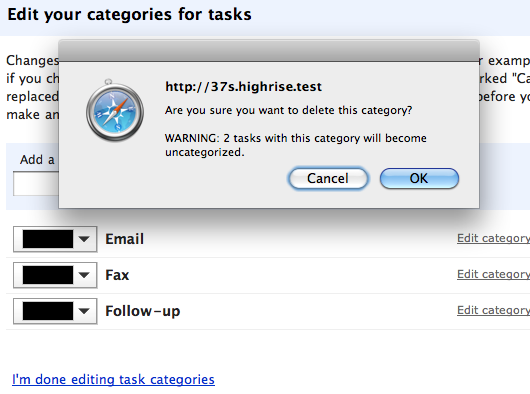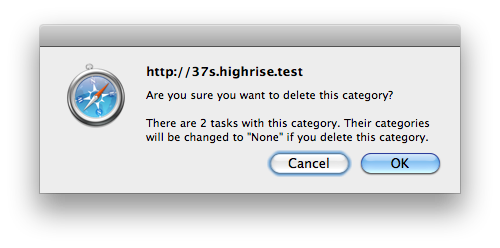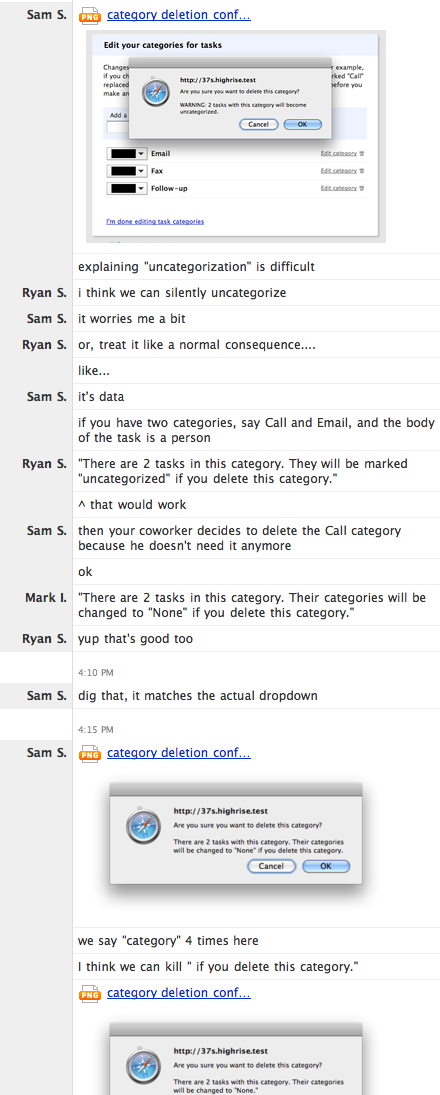Reader Joe Bezdek writes:
Hi Matt.
I recently listened to the podcast episode about REWORK (I’m a bit
behind) and I noted that you were the person who initially reviewed
all the previously published 37signals material and wrangled it all
into an initial outline/draft of the book. I was particularly struck
by your comment about how intimidating it was to sit down in front of
a blank screen knowing the process that lay before you.
I was hoping you might share what tools (applications, web services,
etc.) you used along the way to assist you in editing down such a
large volume of material into the initial draft. I’m wondering if
tools like DEVONthink, OmniOutliner, Writeboard, or something else
entirely helped you get it done.
Answer: It was pretty simple. Basically I started throwing any relevant content into a Pages document. Any blog post that had good potential content for REWORK. Any essay from Getting Real that could relate to a non-software business. I transcribed conference keynotes and interviews with JF and DHH and picked out key bits.
Then I started organizing it. I tried to sort content into relevant categories and began shaping it into a recognizable format. Then JF, DHH, and I started teleconferencing and meeting in person in order to edit text. We’d throw out things that didn’t fit. Edited other things so they matched up in tone & voice. Honed it all and kept getting it better, tighter, and more cohesive.
For this, we used Writeboards sometime. We also used iChat and SubEthaEdit to collaborate.
All along we had a master Pages doc that was the book continually iterating into its final shape.
One other note of interest: Our publisher, Crown, would just send a printout of the entire book with notes handwritten in the margins. Old school.
Iterating over time
Joe responded:
Basically I started throwing any relevant content into a Pages document….Then I started organizing it. I tried to sort content into relevant categories and began shaping it into a recognizable format.
That was the part I was particularly curious about. It’s one thing to
copy blog posts and transcriptions into a Pages document, the
challenge is seeing the common themes and organizing that into some
kind of narrative that makes sense. Were there any other tools that
helped you do that? (Mind maps?) Or did you just become so familiar
with the master Pages document that you were able to connect those
dots in your head?
My response to that: No other tools. I think it was just time and iterations. Things were a mess at first but we kept refining the doc over and over until it started to become more cohesive. It was just a pruning process. Not sure any tool would’ve made it easier.
Also, I don’t even know how you use a mind map to help you write something. I just start writing. Usually my process is this: Write too much. Edit it down. Repeat if necessary.
Mark Pilrigm on tools and writing
Coincidentally, within a day or two of responding to Joe, I came across
this interview with Mark Pilgrim, Developer advocate at Google [via MM]. In it, he discusses the importance, or lack thereof, of tools on the writing process.
I’m a three-time (soon to be four-time) published author. When aspiring authors learn this, they invariably ask what word processor I use. It doesn’t fucking matter! I happen to write in Emacs. I also code in Emacs, which is a nice bonus. Other people write and code in vi. Other people write in Microsoft Word and code in TextMate+ or TextEdit or some fancy web-based collaborative editor like EtherPad or Google Wave. Whatever. Picking the right text editor will not make you a better writer. Writing will make you a better writer. Writing, and editing, and publishing, and listening – really listening – to what people say about your writing. This is the golden age for aspiring writers. We have a worldwide communications and distribution network where you can publish anything you want and – if you can manage to get anybody’s attention – get near-instant feedback. Writers just 20 years ago would have killed for that kind of feedback loop. Killed! And you’re asking me what word processor I use? Just fucking write, then publish, then write some more.
Good point. Don’t let the “Which tools should I use?” question distract you too much. In the end, the strength of your ideas matter way more than the gear you use.

